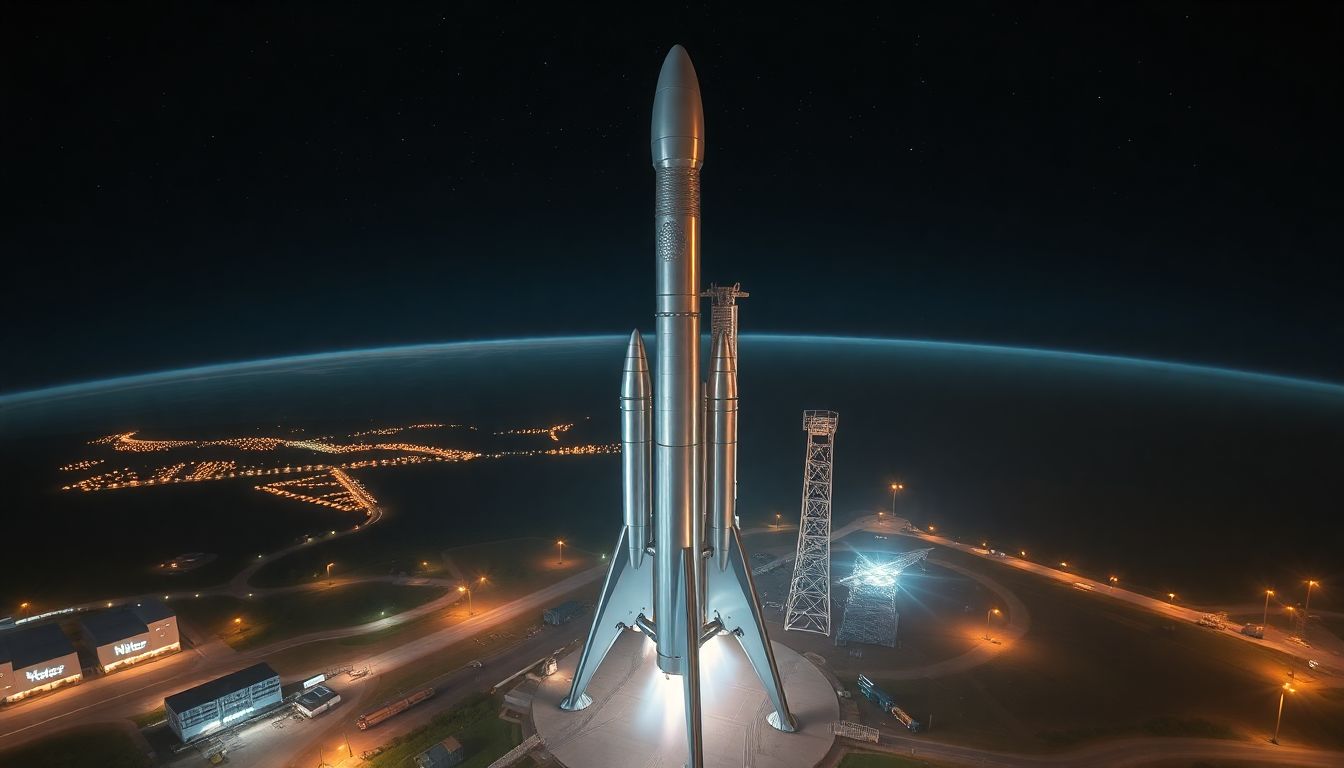
Rocket Lab has taken a bold step by urging NASA to open its Medium-Class Rideshare (MSR) program to commercial competition. This move could dramatically reshape the landscape of the space industry and offer new avenues for innovation and efficiency.
NASA's MSR program currently provides a structured approach for various missions that require medium-lift capabilities. However, it remains relatively closed off to commercial players, limiting the potential benefits of a competitive environment. Rocket Lab believes that inviting commercial companies to participate in MSR could yield significant advantages for the entire space sector.
Rocket Lab's Proposal: A Detailed Look
Rocket Lab's Argument for Opening MSR to Competition
Rocket Lab argues that allowing commercial competition in the MSR program can drive innovation and enhance mission capabilities. By tapping into the strengths of multiple companies, NASA can access advanced technologies, improve launch schedules, and reduce costs.
Potential Benefits of Increased Commercial Involvement in MSR
- Innovation: More players encourage fresh ideas and technologies.
- Cost Reduction: Competition typically lowers prices, making services more affordable.
- Improved Services: Companies may enhance reliability and efficiency to attract customers.
Analysis of Rocket Lab's Capabilities and Market Position
Rocket Lab is already a significant player with its Electron rocket, which focuses on small satellite launches. Their experience and technical know-how position them well to support NASA's missions and contribute effectively to the MSR program.
NASA's Current Stance and Potential Responses
NASA's Current Approach to the MSR Program
Presently, NASA manages the MSR program with a limited number of suppliers. This strategy has been effective but might hinder progress by restricting the number of innovative solutions available.
Potential Advantages and Disadvantages for NASA to Consider
Advantages:
- Expanded access to cutting-edge technologies.
- Greater flexibility in mission planning.
Disadvantages:
- Possible management complexities with multiple suppliers.
- The challenge of ensuring safety and quality across varied companies.
Past Examples of NASA's Collaborations with Commercial Space Companies
NASA has collaborated with commercial companies in various programs, such as the Commercial Crew Program. These collaborations successfully enhanced capabilities while minimizing costs, serving as a model for potential MSR partnerships.
The Competitive Landscape: Other Players in the Medium-Lift Market
Overview of Existing and Emerging Competitors in the Medium-Lift Launch Market
The medium-lift launch market features several key players, including SpaceX, Northrop Grumman, and Arianespace. Each competitor offers unique capabilities and services, making the landscape dynamic and competitive.
Comparison of Rocket Lab's Electron Rocket with Other Launch Vehicles
Rocket Lab's Electron rocket stands out in the small satellite sector but faces competition from larger vehicles like SpaceX's Falcon 9. Each option has its strengths, providing choices for different mission profiles.
Market Analysis: Data on the Projected Growth of the Medium-Lift Launch Market
The medium-lift launch market is expected to grow significantly in the coming years, driven by increased satellite demand and commercial ventures. Analysts project that this segment could reach a market size of $XX billion by 202X, emphasizing its potential.
Economic Implications: Cost Savings and Market Efficiency
Potential Cost Savings Through Increased Competition in the MSR Program
With more players in the MSR program, there is a likely potential for significant cost savings. Competition spurs innovation, leading to more efficient processes and reduced launch costs.
The Impact of Commercial Competition on Launch Pricing and Accessibility
Commercial competition can make launches more accessible than ever. As prices decrease, more organizations—such as universities and startups—can participate in space exploration, widening the industry's talent pool.
Discussion of the Overall Effect on the US Space Industry's Competitiveness
An open MSR program would enhance the overall competitiveness of the U.S. space industry. Increased innovation and efficiency foster a stronger position in the global market, benefiting the nation as a whole.
The Future of MSR: Predictions and Policy Recommendations
Potential Scenarios for the Future of the MSR Program
- Open Competition: NASA fully embraces commercial competition, leading to innovation and cost savings.
- Partial Opening: A limited entry for select commercial players, maintaining some control while benefiting from new ideas.
- No Change: NASA continues its current practices, potentially falling behind in innovation.
Policy Recommendations for NASA to Maximize the Benefits of Commercial Involvement
- Develop clear guidelines for commercial participation.
- Foster partnerships through funding and support systems.
- Encourage transparency and data sharing among players.
Long-Term Implications for Space Exploration and Commercial Spaceflight
The MSR program's future could set the stage for a more vibrant and competitive space exploration ecosystem. By embracing commercial participation, NASA can enhance its capabilities and mission success rates.
Conclusion:
Rocket Lab's call to open the MSR program to commercial competition is a significant move that could reshape the space industry. By allowing more companies to participate, NASA can foster innovation, reduce costs, and improve mission flexibility. As the future unfolds, the MSR program could serve as a pivotal turning point for space exploration and commercial endeavors alike, ultimately benefiting all stakeholders involved.


